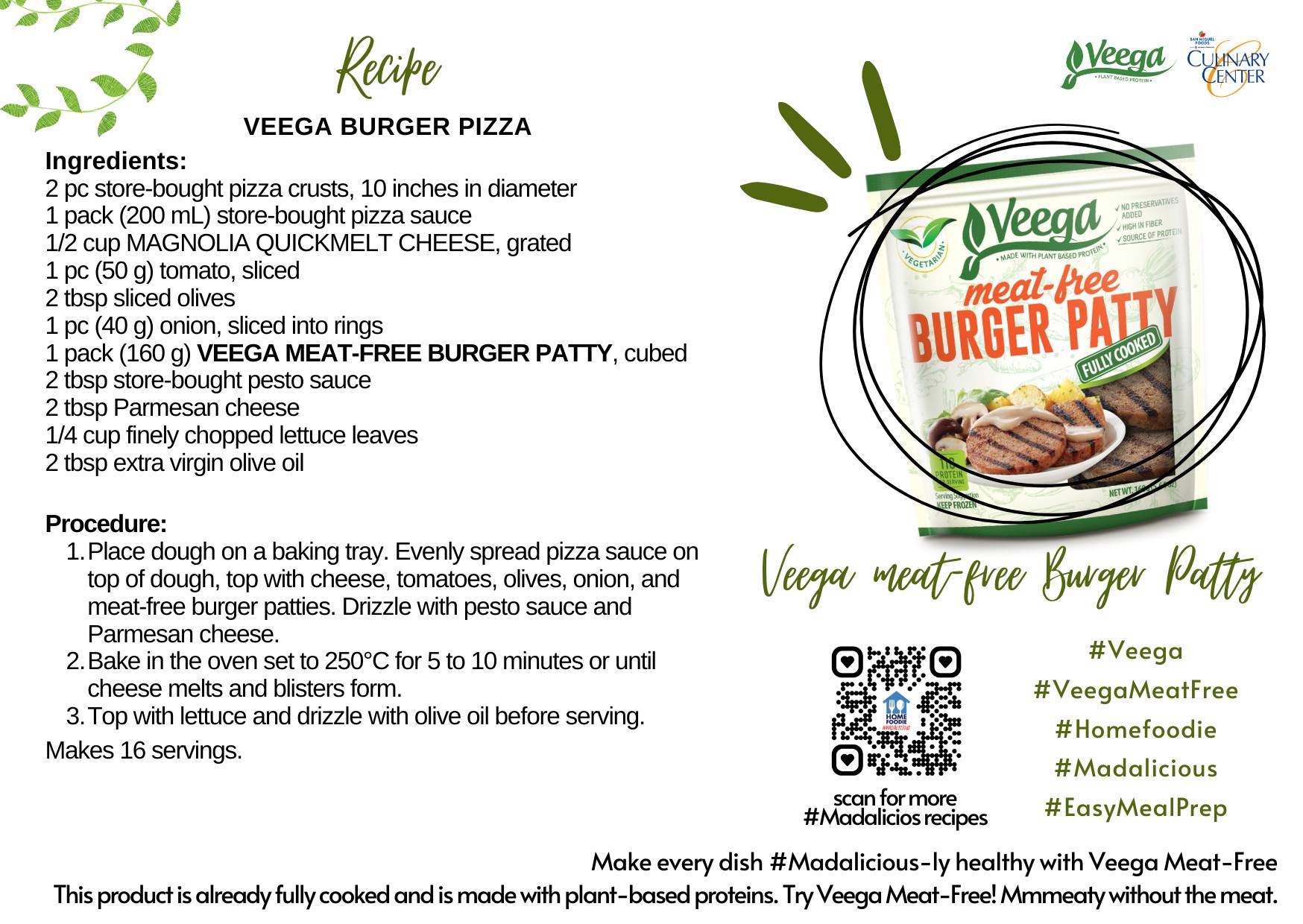Coming up with a wholesome meal plan can be a challenge for both experienced and new cooks alike—especially when it comes to maintaining a healthy diet. Scrolling through social media for a recipe worth trying can be mind-numbing, and searching for “healthy meals” often results in overwhelming options featuring predominantly greens. A drastic change in diet can be intimidating for most, but adapting to a flexitarian diet offers an easier approach.
What is a Flexitarian Diet?
A flexitarian diet is a semi-vegetarian eating plan that focuses on increasing the consumption of plant-based foods while allowing for smaller portions of meat. This diet promotes flexibility and balance rather than strict dietary restrictions, making it a more approachable option for those looking to improve their eating habits without completely eliminating meat from their diet.

Benefits of the Flexitarian Diet
-
Nutritional Balance: By incorporating a variety of plant-based foods, the flexitarian diet ensures a rich intake of essential nutrients, including vitamins, minerals, and fiber. This balance helps in maintaining overall health and reducing the risk of chronic diseases.
-
Weight Management: The emphasis on plant-based foods, which are typically lower in calories and higher in fiber, can aid in weight management. This diet encourages mindful eating and portion control, which are key factors in achieving and maintaining a healthy weight.
-
Environmental Impact: Reducing meat consumption, even partially, can significantly lessen your carbon footprint. The production of plant-based foods generally requires fewer resources and produces less greenhouse gas emissions compared to meat production.
-
Flexibility and Variety: The flexitarian diet allows for a diverse range of foods, making it easier to stick to and enjoy. The inclusion of meat in smaller portions ensures that you don’t feel deprived, while the focus on plant-based meals adds variety to your diet.
Making the Transition
Transitioning to a flexitarian diet doesn’t have to be overwhelming. Here are some practical tips to help you get started:
-
Start Slow: Begin by incorporating one or two meatless meals into your weekly routine. Gradually increase the number of plant-based meals as you become more comfortable with the diet.
-
Experiment with Recipes: Explore a variety of recipes to find plant-based meals that you enjoy. Platforms like Home Foodie offer a wealth of delicious and easy-to-follow recipes that cater to a flexitarian lifestyle.
-
Incorporate Meat Alternatives: Products like Veega Meat-Free Nuggets and Veega Meat-Free Burger Patty provide tasty and protein-rich alternatives to traditional meat dishes. These options can help ease the transition by offering familiar flavors and textures.
-
Plan Your Meals: Planning your meals in advance can make it easier to stick to your new diet. Create a weekly meal plan that includes a mix of plant-based and meat-containing dishes to ensure variety and balance.
-
Shop Smart: Convenience is key when it comes to maintaining a healthy diet. Online platforms like San Miguel Mart make it easy to shop for a variety of plant-based foods and meat alternatives, ensuring you always have the ingredients you need on hand.
Delicious Flexitarian Recipes
To help you get started, here are a few simple and tasty recipes that embody the flexitarian approach:
-
Veggie-Packed Stir-Fry: Sauté a colorful mix of bell peppers, broccoli, snap peas, and carrots in a savory sauce made from soy sauce, ginger, and garlic. Add a small portion of lean chicken or tofu for added protein.
-
Quinoa Salad with Avocado and Black Beans: Combine cooked quinoa with black beans, corn, cherry tomatoes, and diced avocado. Dress with lime juice, olive oil, and a sprinkle of cilantro for a refreshing and nutritious meal.
-
Meat-Free Burger: Grill a Veega Meat-Free Burger Patty and serve it on a whole-grain bun with your favorite toppings, such as lettuce, tomato, and avocado. Pair with a side of sweet potato fries for a satisfying dinner.






